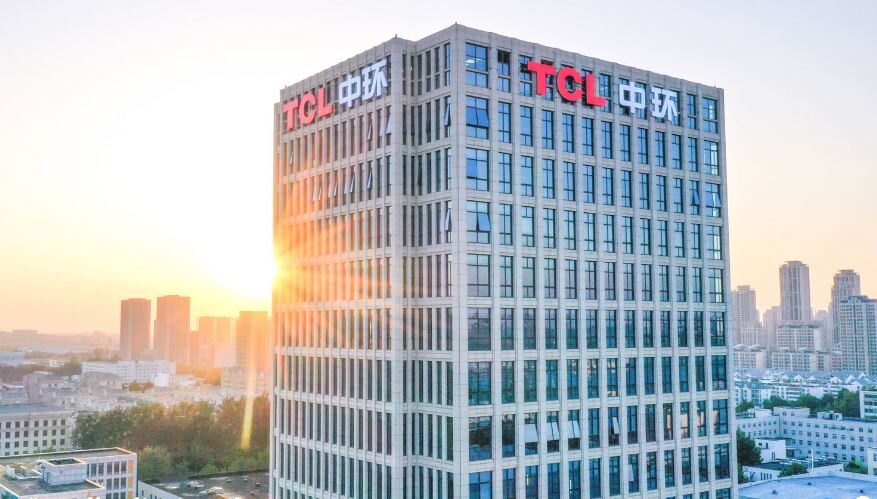Edify Energy said the 185 MW / 370 MWh Koorangie battery energy storage system in northwest Victoria has started exporting to the grid with hold point testing now underway as it works towards full generation.
Designed and developed by Edify but owned by Italian energy infrastructure investor Sostoneo Infrastructure Partners, the Koorangie battery features Tesla Megapacks equipped with grid-forming inverter technology that enables it to play a dual role, providing both energy storage and system strength services, boosting the amount of inverter-based resources, such as solar and wind power, that can be hosted in the Murray River region by up to 300 MW.
The Victorian government said the grid-forming technology will help the state achieve its energy storage targets and support the transition to renewable energy by providing stability to the grid.
“The grid-forming inverters will allow the battery to replace the type of system strength services that were once only provided by fossil-fuel generators,” it said. “This game-changing technology is a significant advancement in the transition to renewables as it further reduces the reliance on aging coal-fired generators.”
The Koorangie battery has secured a 20-year System Support Agreement with the Australian Energy Market Operator (AEMO) to provide 125 MW of system strength services to improve the network stability in the region.
The battery is also supported by a 15-year term offtake agreement with Shell Energy Australia.
The Victorian government has legislated storage targets of at least 2.6 GW by 2030 and at least 6.3 GW by 2035 – enough renewable energy to power about half of Victoria’s current homes at their peak energy use.
The Koorangie battery project is the first investment in Australia for Sosteneo, which is backed by Italian-based Generali Investments, one of the world’s largest asset managers and insurance conglomerates.
Sosteneo launched in September 2023 with a focus on equity investments in greenfield infrastructure projects related to the energy transition. Since then, its global portfolio has grown to more than 4 GWh of battery storage capacity under construction or in operations across three countries.
This content is protected by copyright and may not be reused. If you want to cooperate with us and would like to reuse some of our content, please contact: editors@pv-magazine.com.




This is great that we are progressing further into energy storage and being able to sell it back to the grid at peak times. But don’t forget for this to happen companies like this are going to be allowed to effectively steal my solar power at no charge and inturn sell my power back to me at enormous profits thanks to the government’s of this country removing my feed in rate.
Don’t forget that these very government’s have deceived us into subsidising power generation only to tell us that we have too much power and they need to remove the feedback rate or even charge us because of excess power being generated during peak times.
A question I would like to know is by removing the feedback rate what does that achieve to reduce that oversupply. Government’s should have known that this was always going to be a problem and should have put in place effective plans to prevent this instead they have allowed a perceived crisis to develop and then demand we pay for the incompetence and there is still no plans.
We have a contradiction in terms an oversupply of power and yet government’s are still engaged in encouraging people to install solar panels which only adds further to the oversupply problems as well as installing wind and solar farms and I bet anything you want that they are not asked to reduce their feedback rate.
Thanks for reading my waffle
Bill Reynolds